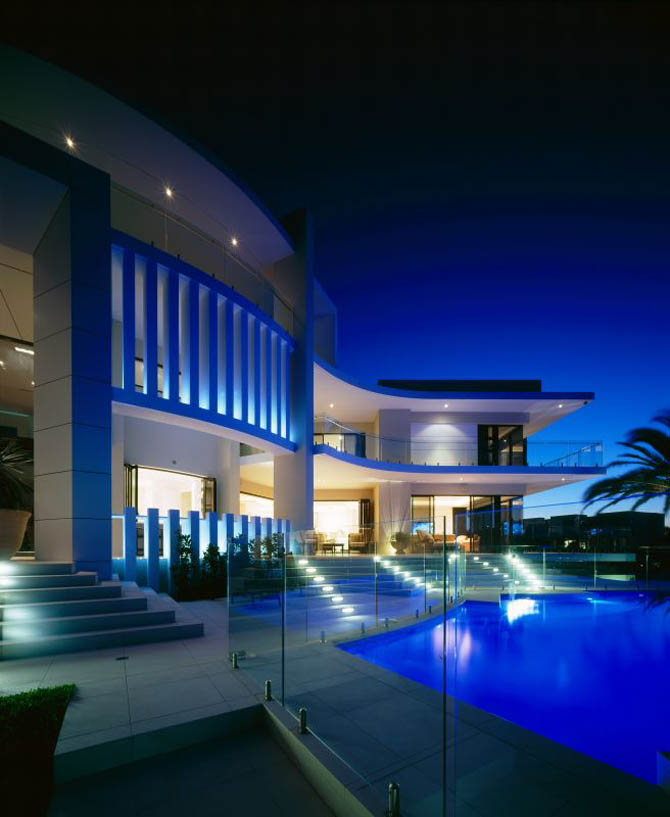

There, alongside a stately early-19th-century mahogany dining table and a sideboard once owned by Daniel Webster, the First Lady selected several American abstract works that were donated to the White House permanent collection. Obama’s behest, was opened for public viewing in 2015 for the first time in White House history. That delicate balancing act comes to life with particular eloquence in the redesign of the State Floor’s Old Family Dining Room, which, at Mrs. “He managed to introduce an array of abstract and contemporary artworks-particularly in the Obamas’ private rooms-without disrupting the gravitas and historic character of the building.” “Michael was sensitive to staying within the traditions of the White House while at the same time adding strategic modern touches,” Allman says. Smith had a more hands-on ally in William Allman, the curator of the White House. That immersion process extended to phone calls with Nancy Reagan and a lunch with Lee Radziwill, Mrs. “To understand the context, I read every letter and note from Abigail Adams, Jacqueline Kennedy, Sister Parish, Stéphane Boudin, Kaki Hockersmith-anyone who had ever contributed to the history of this building,” Smith says. Still, for all the talk about the comfort and ease of a young family, the Obamas and Smith were acutely aware of the symbolic resonance of any changes they made to the White House. “They’re drawn to elegant, simple things.” “They’re very focused, and they laid out their preferences quite clearly,” he says. Smith began by sending the Obamas various design books-his own included-which they notated extensively. The Smith-Obama collaboration progressed in much the same way as any typical designer-client relationship. At the Treaty Room entrance, Sir Jacob Epstein’s 1946 bust of Winston Churchill stands on a circa-1810 New York card table.


 0 kommentar(er)
0 kommentar(er)
